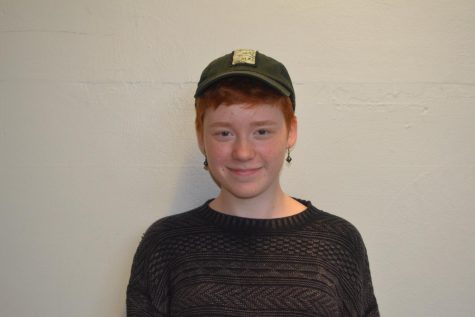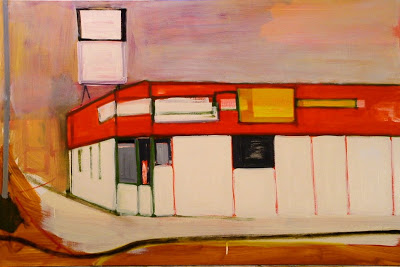The Life of Art
The current societal viewing of the average artist: lazy, arrogant, starving, always an alcoholic, self-righteous, and living in their own world.
My whole life, I’ve grown up surrounded by artists that have – at times – fit these stereotypes. The kind of artists that dealt with narcissism and addiction, and would admit it. The kind of artists that have starved at times because they needed metal wiring instead of milk and turpentine instead of tacos. The kind of artists that hide their supplies and unfinished work in the basement, because they need to focus on their “real job”.
The artists that I’ve lived with and ate with have incorporated art into my everyday doings since I was young. As a child, I always had to make birthday cards, make watercolor paintings for Christmas gifts, and make Christmas tree ornaments. Around the age of seven, I didn’t see the point of it all. I wanted to buy card and get it over with, or just get a random teacup for my grandmother’s birthday. Making a card took too long and I was limited with creativity. Despite the irritating time consumption, I completed a card for every family birthday without missing a year.
To this day, I still make cards for my family members. All those years of enforced artistry helped me develop a bit of patience and creative control for years to come, characteristics that artists need to be able to work in the business of art.
My father Keith Soucy has been my role model throughout my life. He grew up with four other siblings and close to no money in the state of New Hampshire. Throughout the course of his life, he has traveled across the country with his band “The Hysteric Narcotics,” graduated with an art degree, got married, raised three kids, and has still had time to create artwork. My father has always told me that no matter how many times people shoot you down for things you believe in, keep pushing. You’ll get to where you want to be, whether it’s in five months or fifty years. Though he doesn’t paint every day, I’ve taken his colorful landscape paintings and displayed them throughout my room.
My “Glampa” Thomas Rapai has also been an incredibly influence in my life. Also growing up with almost no money and a few siblings in Detroit, he has dealt with bullying, physical disabilities, and discouragement from friends and family. Rapai has thrived as an artist and wine seller for several years; though not directly related to my family, he’s always been apart of my life, whether at the dinner table on a Saturday or at my elementary science fair night. Rapai has also told me to be determined, and to be an artist if I want to be, but also to know if I’m one hundred percent sure before I go and waste my parents several thousand dollars at The School of the Art Institute of Chicago.
That brings us to my older brother, Ivan Soucy. Five years older and has already showcased in two art shows, been to art school, got kicked out, came back home, and is in school again. My brother has demonstrated the part of the artist that some try to avoid showing: Starving, depressed, struggling, and in his case, just trying to make it as a 19 year old in downtown Chicago. As an audio artist he has been ridiculed, beaten down, made fun of, discouraged, and told off by his friends, family, and professors. Many individuals would cease the practice if they’d gone through what my brother has. Nevertheless, he has persisted. He has learned from his mistakes, and shown me what not to do as a college student along the way.
The artists in my life have either told stories of their hardships or have been through it right in front of my eyes. Rapai, my father, and my brother’s challenges and mistakes have shown me that being an artist doesn’t particularly look like one thing or another. They have taught me that no matter how much crap you go through and no matter how many inconvenient things life throws at you, persist until you get what you need.
My depiction of an artist: strong, dedicated, hardheaded, creative, innovative, able to multitask, sometimes an alcoholic, and one who is not afraid of what the world has to say about their visual/auditory expression of thought.




